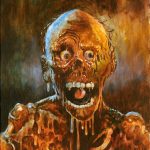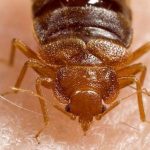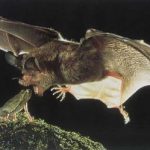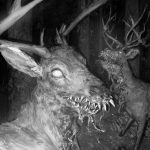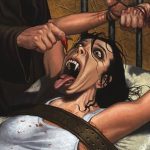Kissing Bugs belong to a blood-sucking group of Triatomine insects also known as Conenose Bugs or Assassin Bugs. Their name may not sound very scary, but "kissing bugs" can be even worse than bedbugs. They are bigger and more aggressive. At night, they bite people asleep on thin-skinned parts of the face such as the lips and eyelids to gain access to blood.
They are mainly found and widespread in the Americas, with a few species present in Asia, Africa and Australia.
These bugs usually share shelter with nesting vertebrates, from which they suck blood. In areas where Chagas disease occurs (from the southern United States to southern Argentina), all triatomine species are potential vectors of the Chagas disease parasite Trypanosoma cruzi, but only those species (such as Triatoma infestans and Rhodnius prolixus) that are well adapted to live with humans are considered important vectors.
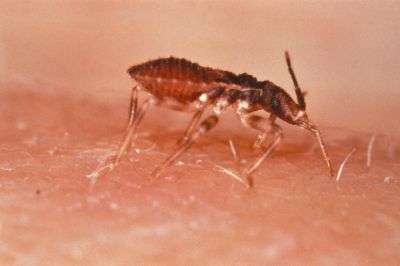
What happens is that the bug gets infected with the parasite (Trypanosoma cruzi) when he sucks blood from an infected person, and then passes it on when he bites and deposits feces on the new victim’s skin. Animals can become infected the same way, and they can also contract the disease by eating an infected bug. Soon after infection there is a chronic reaction, typically with swelling around the lips, and then the disease lays dormant for several years.
The later, chronic, stage of the disease is very serious. There is often severe heart damage, and while the disease can be treated just after infection, the chronic disease remains incurable. It is estimated that 20 million people in the Americas have Chagas disease and 20 000 die every year.
Aside from spreading Chagas, their bites can spur allergic reactions including swollen-shut eyes, blistered skin, breathing difficulties and even seizures. Triatoma can also cause severe wounds via exposure to its salivary compounds and death from anaphylaxis is possible. The best way to control kissing bugs and other so-called "assassin bugs" is to close any entry points to a house, such as gaps under doors, windows and walls.
Charles Darwin ( famous for his views on evolution ) probably caught and eventually died from Chaga’s Disease when he was bitten by “a great black bug of the pampas” while on his famous voyage round the world in the ‘Beagle’.

